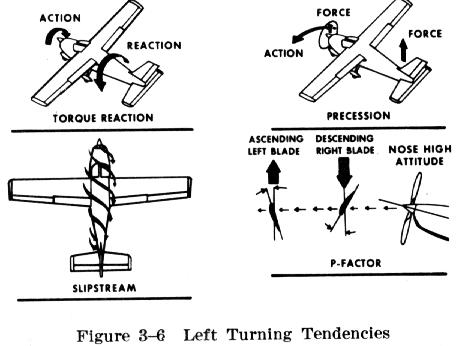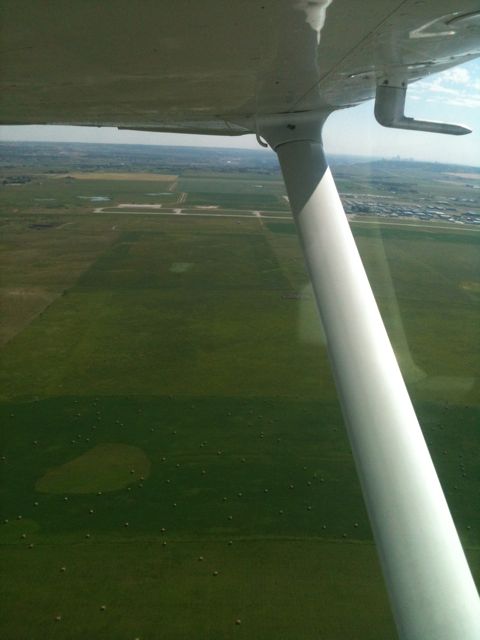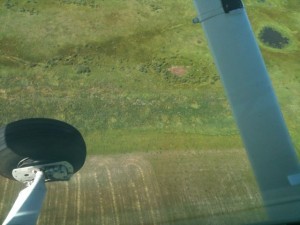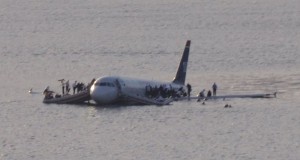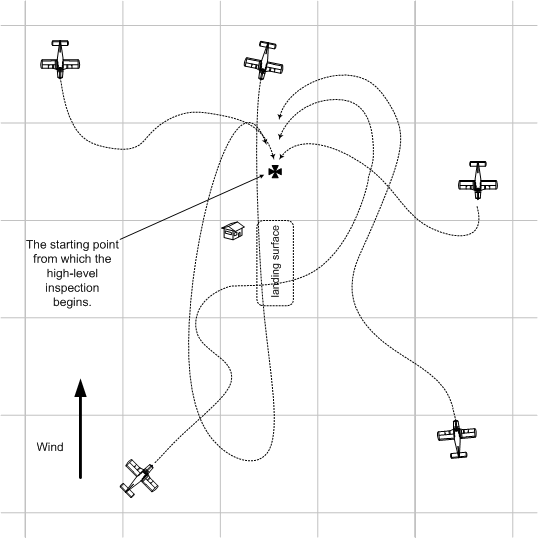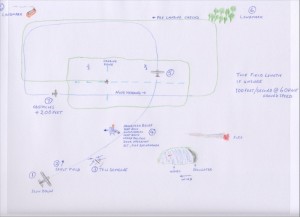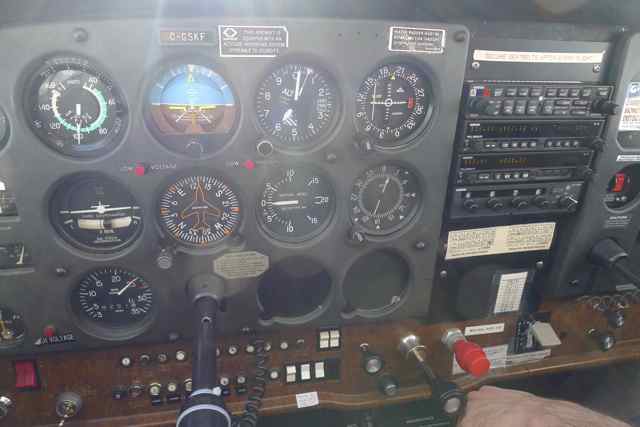
Let’s do a review of the six main flight instruments:
Detail is provided, of course, there is so much more we can add here! The most important and basic flight instruments have remained the same for a long period of time, and are called the ‘six pack’. Three of them are connected to the static port system which measures outside barometric pressure and the pitot tube which measures ram pressure. The other three are gyroscopic.
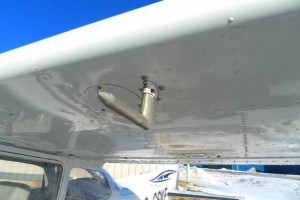
The pitot tube, located on the leading edge of the wing, and the atmospheric pressure in the tube is increased by the dynamic pressure due to the forward motion of the aircraft while in flight. The static pressure port is not affected by turbulence or ram air pressures.
The three instruments connected to the pitot-static system are:
(1) Airspeed Indicator (ASI) – pitot and static source; it measures the difference between the pressure in the pitot tube and the pressure in the static system. When the aircraft is on the ground the two pressures become equal, in motion the pressure difference causes the aneroid capsule inside the indicator to expand, moving the needle on the instrument.
The ASI shows indicated airspeed. Indicated airspeed can be erroneous because of air density, which depends on pressure and temperature, and position error, which is caused by eddies that are formed when air passes over the wings and struts. This is the uncorrected reading from the dial and calibrated airspeed is the indicated airspeed corrected for position error (and installation error). Equivalent airspeed is the calibrated airspeed corrected for compressibility – this applies mainly to high speed airplanes. Next we have true airspeed which is calibrated airspeed corrected for pressure and temperature. Roughly, to correct calibrated airspeed we add 2% to the indicated airspeed for every 1000 feet of pressure altitude. We can gain more accurate readings using our flight computer – the E6B.
(2) Vertical Speed Indicator, static source. Operates on the principle that there is a change of barometric pressure with a change in altitude. Atmospheric pressure is led into the capsule but slowed by a calibrated leak from entry into the case holding the capsule, and this pressure differential causes the capsule to expand or compress. There is a 6-9 second lag before it will indicate the correct rate of climb or descent.
(3) Altimeter, static source. Since pressure varies from place to place and the altimeter set to indicate height above sea level at the departure point may give a false reading after the aircraft has flown some distance. To correct for this, the altimeter is equipped with a barometric scale (inches of mercury) which allows to set the current altimeter setting. We get this each time we depart our airport and can get it enroute. If we fly to an airport that has a lower pressure than the one we departed from and we don’t change our altimeter setting, we will read higher than the actual height of the airplane. Temperature differences will also cause erroneous readings since the pressure altimeter is calibrated to indicate true altitude in standard atmospheric conditions. When the temperature of the air beneath the airplane is colder than standard, the aircraft is lower than indicated, and vice versa for warmer than standard temperatures (higher than altimeter reading) .
Here are what we can expect from a compromised static-port system.
| Instrument | Pitot Tube Blocked | Partially Blocked Static Port | Fully Blocked Static Port |
| Altimeter | Not connected | Under-read in climb, over-read in descent | Freezes |
| Vertical Speed Indicator | Not connected | Under-read in climb, less than true rate of descent | Freezes at 0 |
| Airspeed Indicator | Acts like altimeter. Over-reads in climbs and under-reads in descents | Under-read in climb, over-read in descent | Under reads in climbs and over reads in descents. |
Read about the other 3 instruments that are gyroscopes: the heading indicator, attitude indicator and turn and bank coordinator.
Do you have any other specialty instruments in your aircraft?
